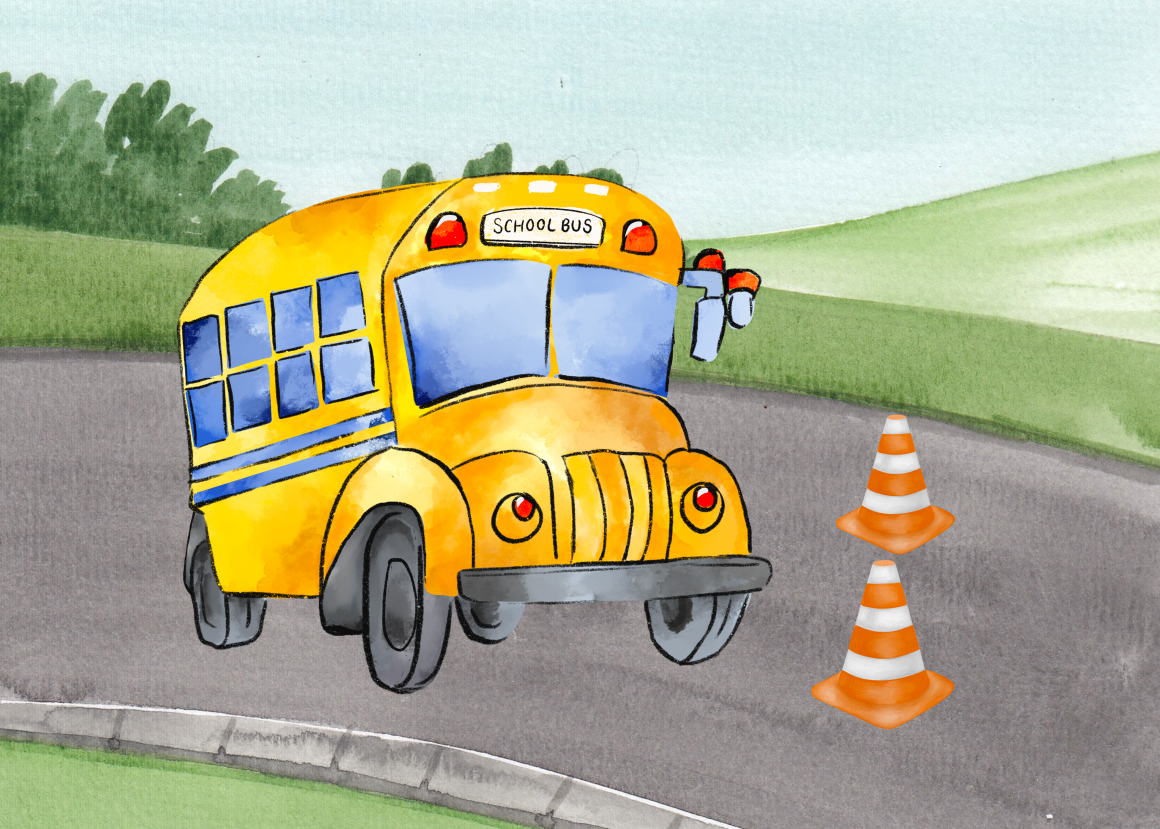
Saving money or endangering lives? The consequences of CBE’s bus service cuts
By Josie Simon, January 9 2024—
If you have recently ridden public transit, you might have noticed a concerning trend. Buses and trains have become increasingly crowded with elementary and middle school-aged children. As these vehicles reach their maximum capacity, a large majority of these young students struggle to find available seats. Consequently, they are left standing, which poses an additional challenge as many of them are too short to reach the standing handles for support.
The Calgary Board of Education (CBE) came under fire in 2017 for its decision to eliminate school bus service at five middle schools that run alternative programs, forcing students to use public transit instead.
“We’ve got 10 and 11-year-olds riding public transit?” said Eric Salkeld, a grandfather worried about his granddaughter’s safety on her daily trip to school. “Something’s wrong here.”
Dany Breton, the CBE’s superintendent of facilities, claims the cut was made after public consultations, economic assessments and provincial cuts to transportation fees.
CBE states that transportation costs, previously covered by funds meant for classroom instruction, are no longer feasible. As a result, around 3,300 middle school students (grades six to nine) have switched to public transit following this decision.
An often-ignored implication of the cut to school bus services is the burden it places on adult commuters. Surrounded by unsupervised children who are not only unable to reach the standing handles but also vulnerable to dangerous adults, riders have become quasi-babysitters, inadvertently responsible for the safety and well-being of these young passengers.
Not all commuters are equipped or willing to assume the responsibility of watching over student riders. Many commuters have their own schedules, obligations, and personal concerns to attend to during their journey. This sudden imposition of responsibility can lead to added stress, frustration and anxiety.
The increase in child riders also leads to overcrowding and hinders the functionality and accessibility of public transit. This makes it difficult for riders with disabilities, parents with strollers and older adults to travel safely.
Public buses and trains were also not designed with the capacity to accommodate large numbers of children at once. This is because children frequently struggle with maintaining balance and need proper seating to ensure their safety.
Overcrowding also makes it difficult for riders to exit the bus and press the bell to signal their stop, leading to delays and frustrations among passengers.
Ultimately, it is unfair to impose the quasi-babysitter role on unsuspecting commuters. After all, they paid for a service and should not be compelled to engage in the labour of child care. This not only disrupts their journey but also disregards their expectations and experiences as paying passengers.
Children should also be adequately accommodated and assisted by appropriate caretakers and bus systems, as they deserve to feel safe and secure while commuting to and from school without worrying about finding an open seat or encountering dangerous adults.
Relying on public transit as a cost-saving measure is a lazy and poorly considered solution to a complex issue. The CBE must consider the impact of their decision on adult riders and diligently seek alternative solutions that prioritize student safety without compromising the experience of other Calgarians.
This article is a part of our Opinions section and does not necessarily reflect the views of the Gauntlet editorial board.
